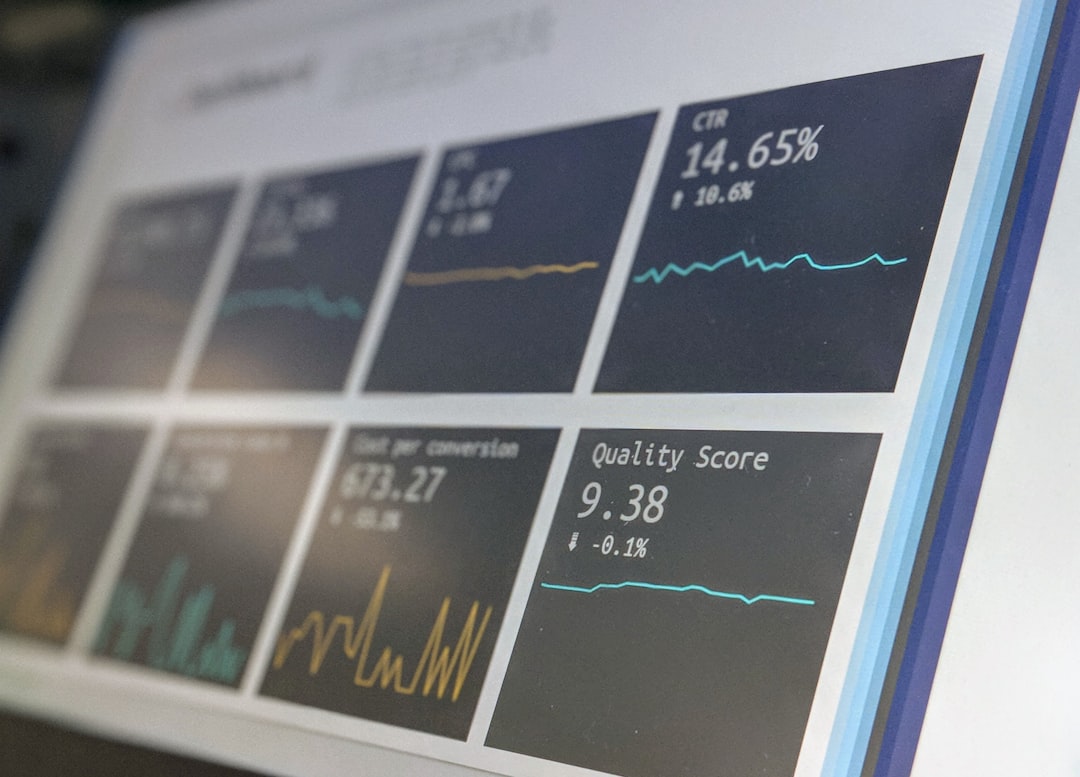
Introduction to Macroeconomics: Understanding the Big Picture.
# Introduction. Macroeconomics forms a cornerstone of economic study, offering a panoramic view of economic activity on a large scale. Unlike microeconomics, which focuses on individual consumers and businesses, macroeconomics tackles the broad themes that affect the economy as a whole, such as inflation, unemployment, economic growth, and national income. Understanding this field is crucial for policymakers, economists, and the general public, as it impacts decisions that sway the lives of many. This blog post delves into the key concepts of macroeconomics, its significance, tools of analysis, and its implications in today’s world. # Key Concepts in Macroeconomics. At the heart of macroeconomics are several pivotal concepts that help analyze and interpret the economy's complex dynamics. One of these concepts is **Gross Domestic Product (GDP)**, which measures the total monetary value of all finished goods and services produced within a country's borders in a specific time frame. GDP serves as a crucial indicator of an economy's health. A growing GDP suggests a thriving economy, while a stagnant or declining GDP may signal trouble. Another critical concept is **unemployment**, which encapsulates the percentage of the labor force that is jobless but actively seeking employment. High unemployment can indicate economic distress, while low unemployment suggests a robust economy. **Inflation** follows closely, representing the rate at which the general price level of goods and services rises, eroding purchasing power. Central banks aim to maintain healthy inflation levels to promote economic stability. # The Role of Government and Policy Making. Government plays an essential role in macroeconomic performance through fiscal and monetary policies. **Fiscal policy** involves government spending and taxation measures aimed at influencing the economy. For instance, during economic downturns, governments may increase spending or cut taxes to stimulate growth. Conversely, **monetary policy** involves managing the money supply and interest rates, often implemented by a nation's central bank. By adjusting interest rates, central banks can encourage borrowing and investments or deter excessive spending. The interaction between these two policies shapes the economy and is crucial for managing economic cycles, battling inflation, and fostering growth. # Economic Indicators and Their Importance. Economic indicators serve as vital tools for monitoring the health of an economy. Leading indicators, such as consumer confidence and stock market performance, predict future economic activity. In contrast, lagging indicators, like unemployment rates and consumer price index (CPI), reflect past performance. Understanding how these indicators function is critical for businesses, investors, and policymakers. For example, an uptick in consumer confidence may prompt businesses to increase production in anticipation of higher demand. Similarly, policymakers may adjust their strategies based on employment figures to target economic recovery effectively. # Globalization and Its Impact on Macroeconomics. In an increasingly interconnected world, globalization significantly impacts macroeconomic factors. Trade agreements, cross-border investments, and global supply chains directly influence national economies. For instance, a country's GDP may rise not merely from domestic production but also from exports to other nations. However, globalization presents both opportunities and challenges. While countries can benefit from increased trade, they may also face issues such as trade deficits and exposure to global economic fluctuations. Understanding these factors aids in navigating the complexities of modern macroeconomics. # Conclusion. Macroeconomics provides an essential framework for understanding the large-scale economic forces that shape our world. From analyzing key concepts such as GDP, unemployment, and inflation to comprehending the role of government and the impact of globalization, delving into macroeconomic principles is invaluable for grasping the economic landscape. As we move forward, a strong foundation in macroeconomics will be critical for addressing the challenges and opportunities that lie ahead in our global economy. # Economic Concepts for Beginners. In summary, learning macroeconomics unveils a world of intricate connections and influences. For students, business enthusiasts, or anyone interested in the economy, understanding these foundational elements can empower better decision-making and provide insights into the complex relationships that define our economic reality. .








